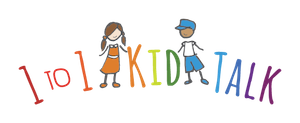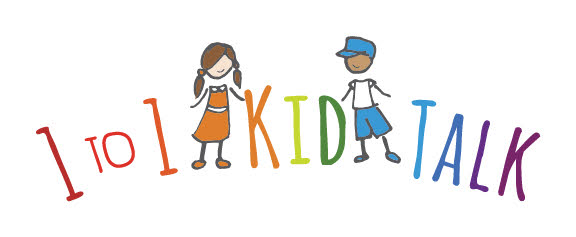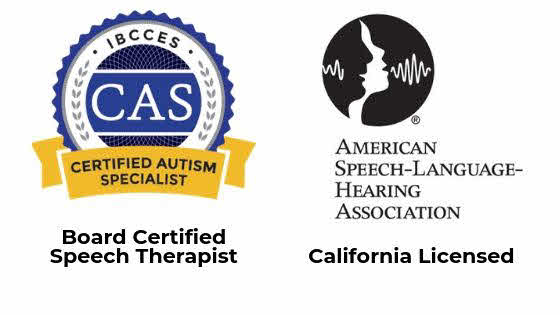What is Childhood Apraxia of Speech?
How Do People Produce Speech?
The planning of speech originates in the brain, when people make an intention to communicate.
The intention sparks an idea, which is a draft of what the person wants to verbalize.
Next, the brain chooses the desired words and organizes them into the correct order.
Each individual word consists of phonemes, which refer to the unique unit of sounds that a word is comprised of. The correct sequence of the phonemes is composed in the brain, which then delivers a command to the mouth to form the sounds. This message contains the directions for the exact order and timing of the precise movements of the tongue, lips, jaw, and soft palate.
Finally, the muscles of the mouth must function according to the brain’s instructions to produce the desired message.
This intricate process all happens within a matter of seconds!
How Do Children Learn Speech?
When children without speech disorders are learning how to talk, they mimic sounds and syllables and receive feedback from people which tells them how well the produced words match the intended words.
The feedback is stored in their sensory systems and is recalled the next time children attempt to produce the same words.
The internal storage of feedback allows children to learn from and expand upon their experience. With continued practice the speech motor process for producing words and phrases will be effortless.
How Do Children Learn Speech?
When children without speech disorders are learning how to talk, they mimic sounds and syllables and receive feedback from people which tells them how well the produced words match the intended words.
The feedback is stored in their sensory systems and is recalled the next time children attempt to produce the same words.
The internal storage of feedback allows children to learn from and expand upon their experience. With continued practice the speech motor process for producing words and phrases will be effortless.
How Does Apraxia Affect Speech?
At this point in speech development, the process of planning and producing learned words and phrases is stored in the brain and can be quickly and automatically accessed. Though the causes are unknown, it is theorized that children with apraxia of speech are unable to reliably retrieve the stored motor speech commands or that the motor commands are not programmed correctly. Since children with apraxia are not able to easily access the motor programs, they cannot develop automatic speech.
How Does Apraxia Affect Speech?
At this point in speech development, the process of planning and producing learned words and phrases is stored in the brain and can be quickly and automatically accessed. Though the causes are unknown, it is theorized that children with apraxia of speech are unable to reliably retrieve the stored motor speech commands or that the motor commands are not programmed correctly. Since children with apraxia are not able to easily access the motor programs, they cannot develop automatic speech.
How Does Apraxia Affect the Sensory Feedback System?
Nuerological models theorize that children with apraxia are not able to store and access sensory feedback while learning how to speech. The sensory feedback system for learning speech and motor patterns is a layered system consisting of two forms:
Form #1
Children use sensory auditory information to listen to the sound they uttered and determine if the word was properly produced. Recent research suggests that the feedback system makes a connection between the auditory sound and the exact movements of the tongue, jaw, lips, and palate that the children used to produce the sound.
Form #2
The feedback information that is stored regarding where each of the oral structures are physically located and how they spatially interact with each other when producing phonemes. It is believed that children with apraxia struggle with both forms – they may not be able to make the proper connection between the auditory sound of the word produced and the mouth movements that produced the sound, and they cannot comprehend the spatial relationship between their oral structures.
Want to Help Improve Your Child’s Speech?
Without proper speech therapy, children with speech disorders can spend months or even years in speech therapy without making significant gains. Our in-home speech therapy can help.
Get a Free Speech Therapy Consultation
In-home speech therapy is founded on a team approach that gives your child their best chance of success. Contact us today to learn how our in-home speech therapy approach can help your child.


